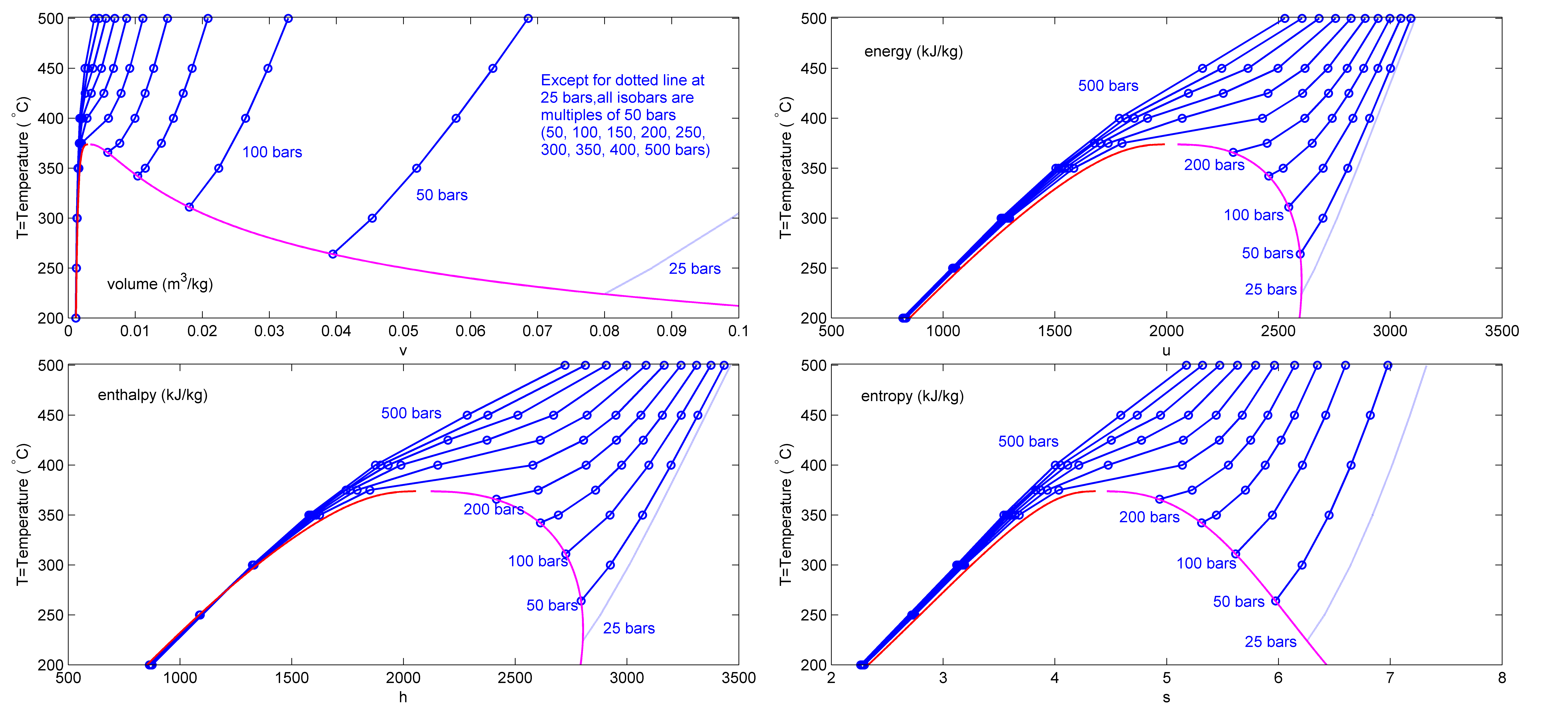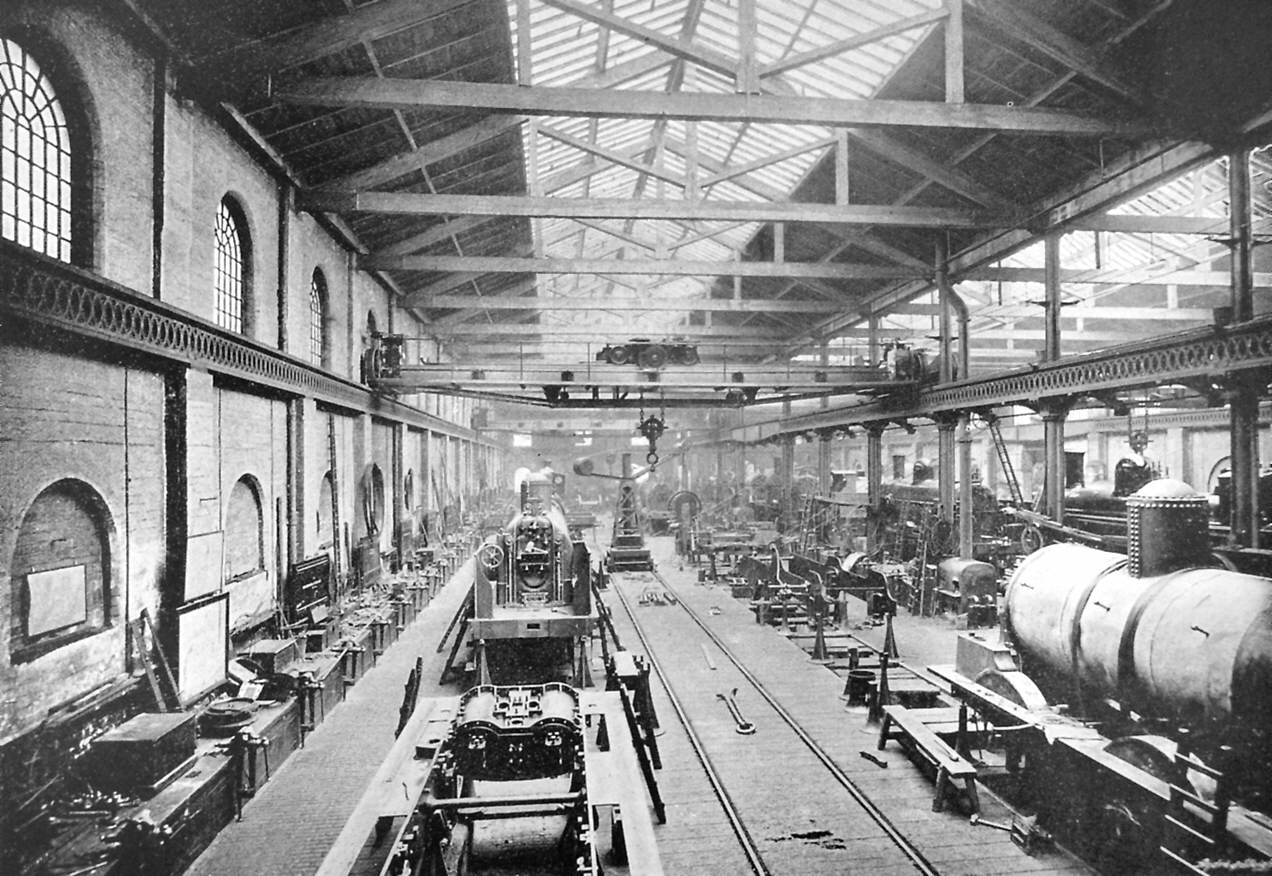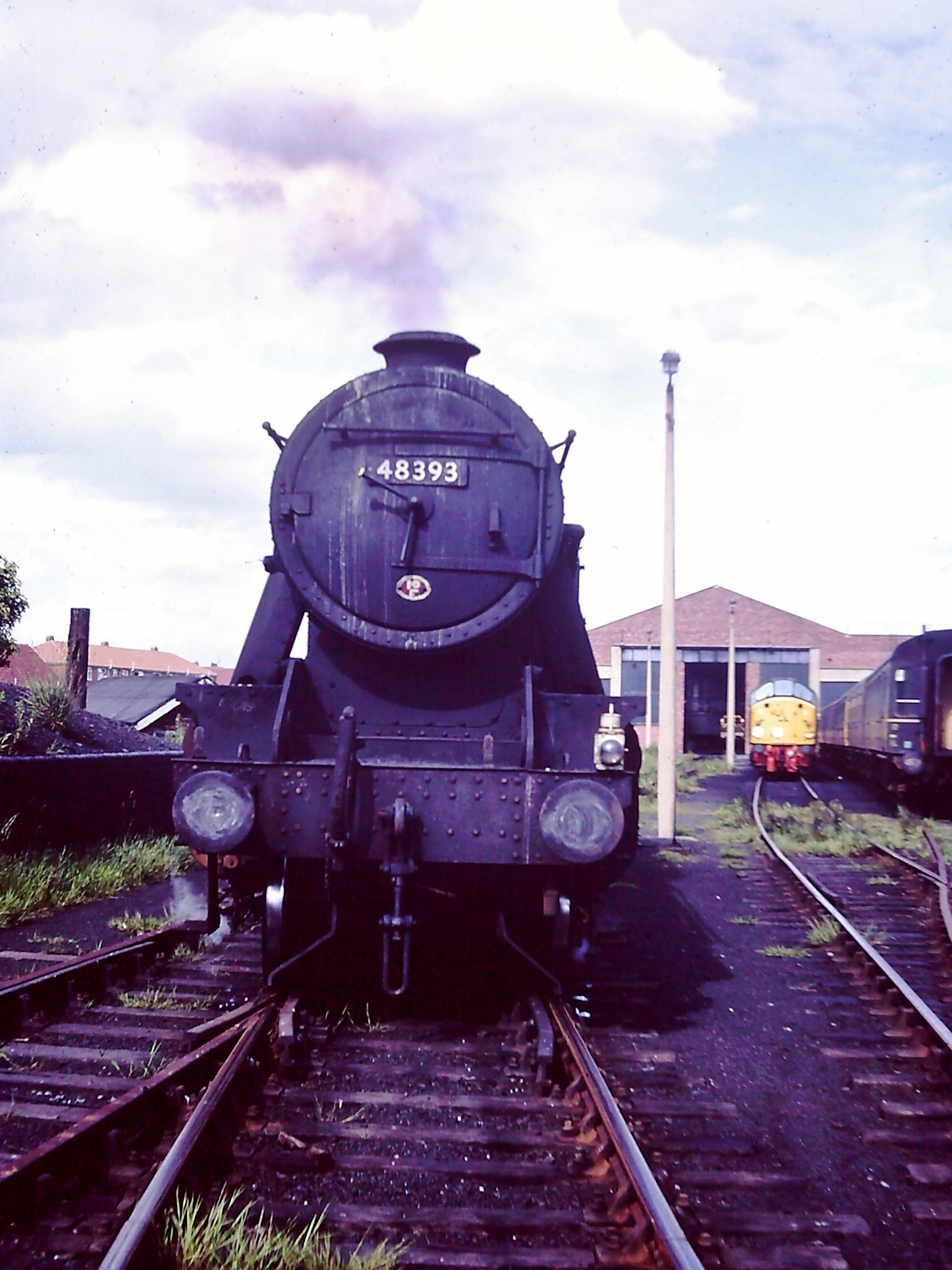|
NER Class Z
The NER Class Z (LNER Class C7) was an "Atlantic" class of locomotives designed by Vincent Raven. It was introduced in 1911. Construction and early life Vincent Raven had been appointed Chief Mechanical Engineer of the North Eastern Railway (NER) in June 1910. His predecessor, Wilson Worsdell, had introduced three-cylinder simple-expansion locomotives to the NER with the Class X 4-8-0T, ten of which were built in 1909–10 for heavy shunting. One of Raven's first designs was another three-cylinder locomotive, the Class Y 4-6-2T, twenty of which were built in 1910–11 for hauling coal trains from collieries to ports. The success of these two designs convinced Raven to design a three-cylinder locomotive to haul express passenger trains. Worsdell's two-cylinder Class V 4-4-2 were handling the principal East Coast expresses, and Raven combined the 4-4-2 wheel arrangement with three cylinders to produce his new design. The coupled wheels were of diameter with a coupled wheelbase ... [...More Info...] [...Related Items...] OR: [Wikipedia] [Google] [Baidu] [Amazon] |
Vincent Raven
Sir Vincent Litchfield Raven, Knight Commander of the Order of the British Empire, KBE (3 December 1859 – 14 February 1934) was an English railway engineer, and was chief mechanical engineer of the North Eastern Railway (UK), North Eastern Railway from 1910 to 1922. Biography Vincent Raven was born the son of a clergyman at Great Fransham rectory in Norfolk and educated at Aldenham School in Hertfordshire. In 1877 he began his career with the North Eastern Railway as a pupil of the then Locomotive Superintendent, Edward Fletcher (engineer), Edward Fletcher. By 1893 he had achieved the post of Assistant Mechanical Engineer to Wilson Worsdell who was then the Locomotive Superintendent. In this post he was involved for the first time with an Railway electrification system, electrification project, as the N.E.R. was electrifying the North Tyneside suburban route in 1904. This was a third rail system at 600 volts DC. Steam locomotives In 1910 he became Chief Mechanical Engineer ... [...More Info...] [...Related Items...] OR: [Wikipedia] [Google] [Baidu] [Amazon] |
Gateshead Works
Gateshead TMD was a railway traction maintenance depot situated in Gateshead, England. The depot code was 52A during the steam era and GD later on. It was known, along with the adjacent locomotive works, as Greenesfield or Greensfield, after a Mr. Greene, from whom the North Eastern Railway (NER) bought the land . In 1958, all BR locomotive depots on Tyneside, Wearside and in Northumberland became sub-sheds of Gateshead. The depot closed in 1991. Housing now occupies the site, now known as Ochre Yards. The street names reflect the site's history, with Worsdell Drive and Fletcher Road named after former locomotive superintendents of the NER. Engine shed and infrastructure The main shed housed four turntables for most of its working life. Prior to 1908, all four turntables had been 48' 5", which proved to be a problem as locomotives were steadily increasing in size. However, in that same year, the Redheugh Incline was closed, thereby allowing the track running alongsi ... [...More Info...] [...Related Items...] OR: [Wikipedia] [Google] [Baidu] [Amazon] |
Superheated Steam
Superheated steam is steam at a temperature higher than its vaporization point at the absolute pressure where the temperature is measured. Superheated steam can therefore cool (lose internal energy) by some amount, resulting in a lowering of its temperature without changing state (i.e., condensing) from a gas to a mixture of saturated vapor and liquid. If unsaturated steam (a mixture which contains both water vapor and liquid water droplets) is heated at constant pressure, its temperature will also remain constant as the vapor quality (think dryness, or percent saturated vapor) increases towards 100%, and becomes dry (i.e., no saturated liquid) saturated steam. Continued heat input will then "super" heat the dry saturated steam. This will occur if saturated steam contacts a surface with a higher temperature. Superheated steam and liquid water cannot coexist under thermodynamic equilibrium, as any additional heat simply evaporates more water and the steam will become saturate ... [...More Info...] [...Related Items...] OR: [Wikipedia] [Google] [Baidu] [Amazon] |
LNER Class A4
The LNER Class A4 is a class of streamlined 4-6-2 steam locomotive, steam locomotives designed by Nigel Gresley for the London and North Eastern Railway in 1935. Their streamlined design gave them high-speed capability as well as making them instantly recognisable, and one of the class, LNER Class A4 4468 Mallard, 4468 ''Mallard'', holds the record as the world's fastest steam locomotive. Thirty-five of the class were built to haul express passenger trains on the East Coast Main Line route from London King's Cross railway station, London Kings Cross via York railway station, York to Newcastle railway station, Newcastle, and later via Newcastle to Edinburgh Waverley railway station, Edinburgh, Scotland. They remained in service on the East Coast Main Line until the early 1960s when they were replaced by British Rail Class 55, Deltic diesel locomotives; they themselves proving to be worthy successors to the A4s. Several A4s saw out their remaining days until 1966 in Scotland, partic ... [...More Info...] [...Related Items...] OR: [Wikipedia] [Google] [Baidu] [Amazon] |
LNER Gresley Classes A1 And A3
The London and North Eastern Railway Gresley Classes A1 and A3 were "Pacific" steam locomotives designed by Nigel Gresley for passenger work. They were initially intended for use on the Great Northern Railway (Great Britain), Great Northern Railway (GNR), but became a standard design on the London and North Eastern Railway after the Railways Act 1921, amalgamation of 1923. The change in class designation from A1 to A3 reflected the fitting to the same chassis of a higher pressure boiler with a greater superheater, superheating surface and a small reduction in cylinder diameter, leading to an increase in locomotive weight and power. Eventually all bar one of the A1 locomotives were rebuilt in this way, but no. 4470 was completely rebuilt as a LNER Thompson Class A1/1, Class A1/1. The List of LNER Class A1/A3 locomotives, names for the locomotives came from a variety of sources. The first, ''GNR Class A1 1470 Great Northern, Great Northern'', was named after its parent company. O ... [...More Info...] [...Related Items...] OR: [Wikipedia] [Google] [Baidu] [Amazon] |
London And North Western Railway
The London and North Western Railway (LNWR, L&NWR) was a British railway company between 1846 and 1922. In the late 19th century, the LNWR was the largest joint stock company in the world. Dubbed the "Premier Line", the LNWR's main line connected four of the largest cities in England; London, Birmingham, Manchester and Liverpool, and, through cooperation with their Scottish partners, the Caledonian Railway also connected Scotland's largest cities of Glasgow and Edinburgh. Today this route is known as the West Coast Main Line. The LNWR's network also extended into Wales and Yorkshire. In 1923, it became a constituent of the London, Midland and Scottish (LMS) railway, and, in 1948, the London Midland Region of British Railways. History The company was formed on 16 July 1846 by the ( 9 & 10 Vict. c. cciv), which authorised the amalgamation of the Grand Junction Railway, London and Birmingham Railway and the Manchester and Birmingham Railway. This move was prompted, in ... [...More Info...] [...Related Items...] OR: [Wikipedia] [Google] [Baidu] [Amazon] |
NER Class 4CC
The Ner is a river in central Poland approximately long, with sources to the south-east of Łódź. Running through the Łódzkie and Wielkopolskie voivodeships (provinces) , it is a right tributaries of the Warta River The river Warta ( , ; ; ) rises in central Poland and meanders greatly through the Polish Plain in a north-westerly direction to flow into the Oder at Kostrzyn nad Odrą on Poland's border with Germany. About long, it the second-longest rive ... (the third largest river in Poland), and the largest river in Łódź.Ryszard Bonisławski, "Rzeka Ner" (in) Z biegiem łódzkich rzek', 2008. UM w Łodzi. References {{Commonscat-inline, Ner river * Lesiński A., Zanieczyszczenie Neru, n:''Na sieradzkich szlakach'', nr 1/1998, s. 5-7 * Witold Mańczak, ''Praojczyzna Słowian'', Warszawa 1981, s. 18 * Ryszard Bonisławski. Rzeka Ner. ''Z biegiem łódzkich rzek'', 2008. Wydawnictwo Uniwersytetu Łódzkiego, Łódź. * Bieżanowski W., ''Łódka i inne rzeki � ... [...More Info...] [...Related Items...] OR: [Wikipedia] [Google] [Baidu] [Amazon] |
Haymarket TMD
Haymarket Depot, also known as Haymarket Motive Power Depot and Haymarket Traction Maintenance Depot (TMD), is a railway traction maintenance depot situated inside Edinburgh, Scotland, next to Haymarket railway station and Murrayfield Stadium. The depot is operated by ScotRail ScotRail Trains Limited, trading as ScotRail (), is a Scottish train operating company that is publicly owned by Scottish Rail Holdings on behalf of the Scottish Government. It has been operating the ScotRail franchise as an operator of las .... The depot code is HA. Allocation * Class 170 * Class 43 High Speed Train References Sources * * * External links Transport in Edinburgh Railway depots in Scotland {{Scotland-rail-transport-stub ... [...More Info...] [...Related Items...] OR: [Wikipedia] [Google] [Baidu] [Amazon] |
1923 Grouping
The Railways Act 1921 ( 11 & 12 Geo. 5. c. 55), also known as the Grouping Act, was an act of Parliament enacted by the British government, and was intended to stem the losses being made by many of the country's 120 railway companies, by "grouping" them into four large companies, dubbed the " Big Four". The system of the "Big Four" lasted until the nationalization of the railways in 1947. During World War I, the British government took control, although not ownership, of British railways. The intention was to reduce inefficient internal competition between railway companies, and retain some of the benefits which the country had derived from a government-controlled railway system during the war. The provisions of the act took effect from the start of 1923. History The British railway system had been built up by more than a hundred railway companies, large and small, and often, particularly locally, in competition with each other. The parallel railways of the East Midlands, and ... [...More Info...] [...Related Items...] OR: [Wikipedia] [Google] [Baidu] [Amazon] |
Neville Hill TMD
Neville Hill is a railway train maintenance depot in Osmondthorpe, Leeds, England on the Leeds to Selby Line. The depot is situated to the east of Leeds railway station on the north side of the line. The TOPS depot code is NL. History In 1899 the locomotive shed at Holbeck was found not to have sufficient capacity for the number of locomotives using it, so an additional depot was constructed at Neville Hill by the North Eastern Railway at a cost of £132,971, with the facility being extended in 1904. Sometime during the 1950s the four-roundhouse shed was reduced by half and given a new frontage. A DMU shed is believed to have been added in 1958 along with servicing facilities for diesels although main line locomotives such as Class 45s were still being stabled outside the old brick-built steam shed in 1961. D2000 series 0-6-0 diesel shunters were the first diesel locos allocated to Neville Hill, probably about that time; the quartet in 1961 comprised D2242-4/6. At the ... [...More Info...] [...Related Items...] OR: [Wikipedia] [Google] [Baidu] [Amazon] |
Heaton TMD
Heaton TMD is a railway traction maintenance depot situated in the Heaton area of Newcastle upon Tyne, England, it is located next to the East Coast Main Line, around east of Newcastle Central station. Heaton was a sub-shed of Gateshead between 1963 and 1967. History Originally built by the North Eastern Railway to provide steam locomotives serving principally the extensive Heaton marshalling yards and freight traffic, but also a considerable proportion of main line and local passenger traffic from . The location meant that it provided motive power to the and steep Riverside Branch. Unliked by crews due to the need to pass through three tunnels and the resultant toxic smoke in their cabs, in 1905 it was electrified using 750 VDC technology, with power supplied via both overhead catenary and, within the tunnels, third-rail. Both of the BTH/Brush 640 hp (BR Class ES1) locomotives were based at Heaton, designed as a Bo-Bo with central cab. They worked from the shed until ... [...More Info...] [...Related Items...] OR: [Wikipedia] [Google] [Baidu] [Amazon] |
Tweedmouth Railway Station
Tweedmouth railway station was a railway station which served the Tweedmouth area of Berwick-on-Tweed in Northumberland, England. It was located on the East Coast Main Line. As well as a railway station for passengers, it was also the main service yard and goods yard between Newcastle upon Tyne and Edinburgh. Also Tweedmouth station was the terminus for the Tweed Valley Railway line (opened in 1849), which connected the East Coast Main Line with the Waverley Line at Newtown St. Boswells. The station lies to the south of the Royal Border Bridge. It was opened on 29 March 1847 and initially was the terminus on the East Coast Main Line as the Royal Border Bridge was not yet complete, so trains could not pass over the River Tweed. Once the Royal Border Bridge had been completed in 1850 and opened by Queen Victoria, trains had an unbroken run from London to Edinburgh. The station was designed (like all the other Newcastle and Berwick Railway ones) by Benjamin Green, but was con ... [...More Info...] [...Related Items...] OR: [Wikipedia] [Google] [Baidu] [Amazon] |






